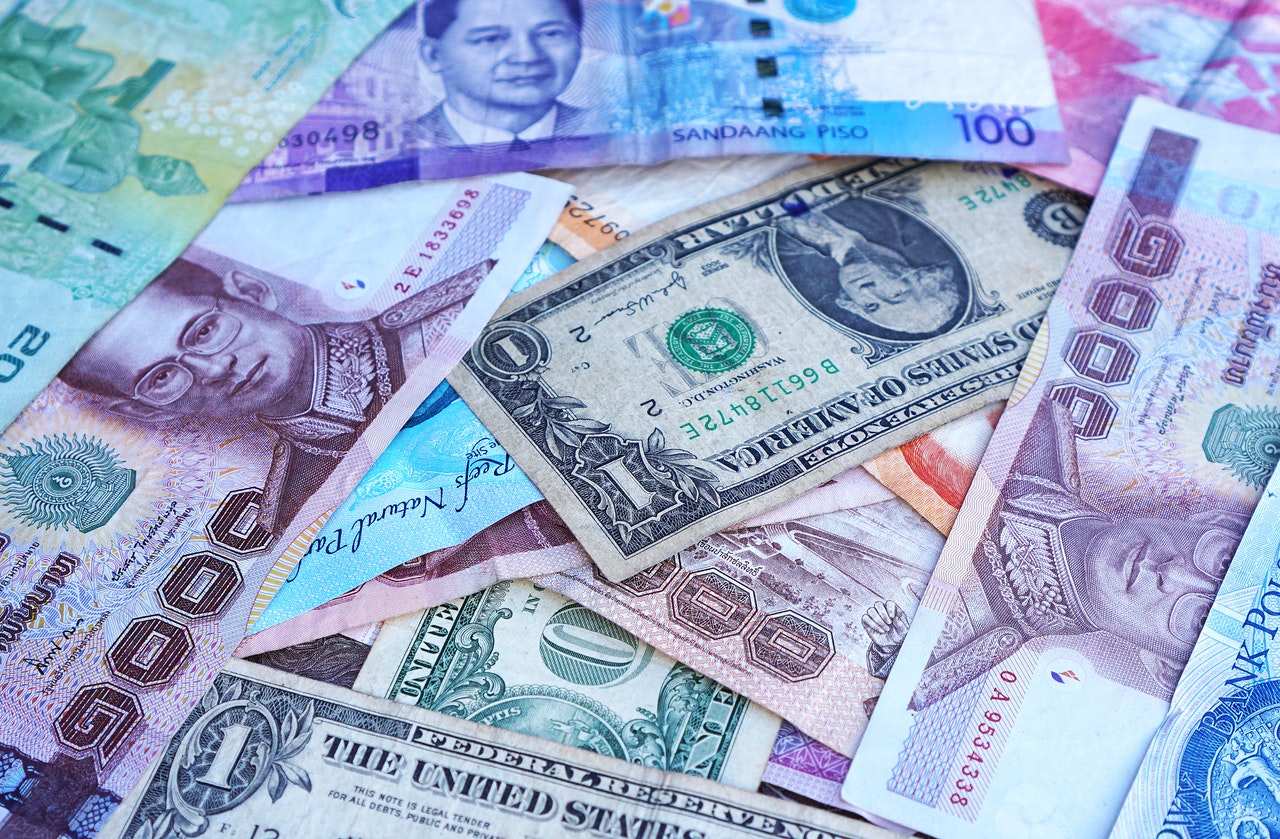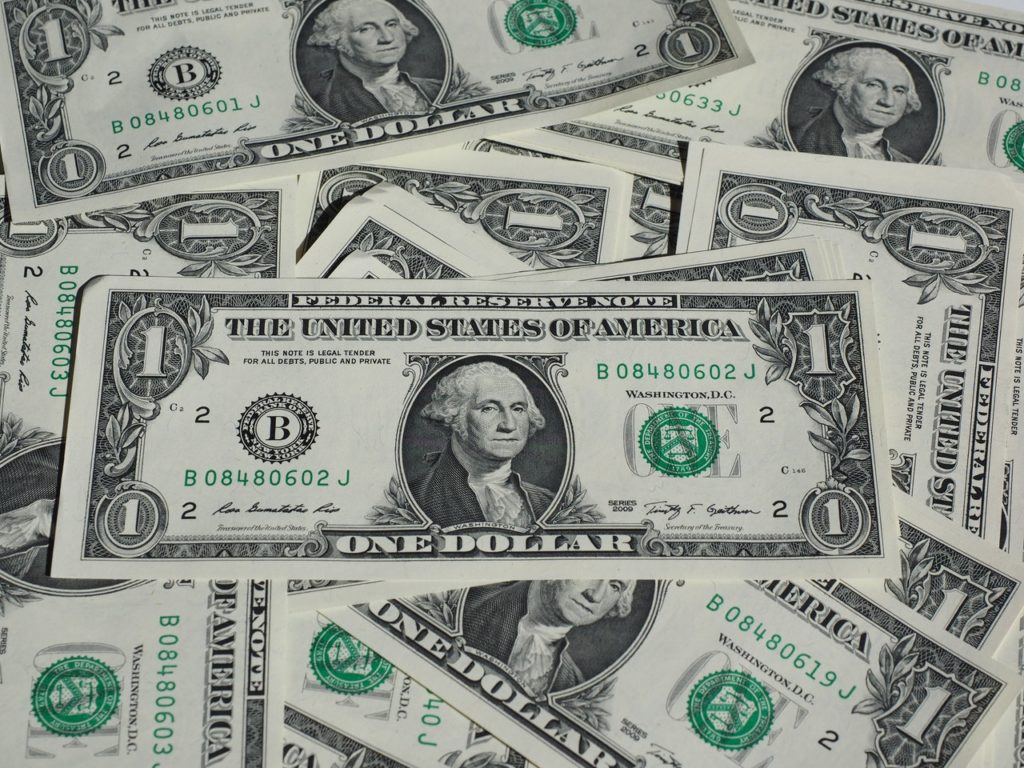Currencies of United States, Mexico, and Canada
Currencies from around the world can be a fascinating topic to study. Looking into them can teach you a little bit about the countries themselves. You can learn about the economic climate that the countries are in, their financial struggles and successes. You can learn how to translate different currencies to each other in case of travel, and so many other interesting facts about the country itself. In this article, we will be looking into the currencies and financial status of three countries in particular: Canada, Mexico, and the United States of America. Each country has different currencies, each has their own struggles and successes, and each has a history that makes them unique.
Canada:
The currency of Canada is the Canadian dollar. The most popular exchange rate of the Canadian dollar is U.S. dollars to Canadian Dollars where one Canadian dollar equals $0.76 U.S. dollars. The Canadian Dollar was first introduced into Canada in the 1660’s thanks to French colonists who brought coins to the country. In 1821, the first banknotes were issued by the Montreal Bank and became the primary method of payment in Canada. Canada’s current federal debt is roughly $663,000,000,000, however, it does have a highly developed economy that is well mixed, making it the 16th largest GDP by purchasing power parity in the world. Its logging and oil industries keep it in the running for one of the most developed and successful economies in modern society.

Mexico:
The economy is ever changing and the same goes for Mexico’s economy. There have been several recent political and economic changes in Mexico that have led analysts to think that the Mexican Peso could begin making a major comeback. Mexico has recently made some trade deals with the United States that went incredibly well to the surprise of many analysts. As a result of how well the relationship is, the peso has become a strong currency again and one that is well traded. Mexico’s currency, the peso, is also making valuable gains thanks to President Obrador. He has been working tirelessly to curb government spending, help private sectors, and give independence to the central banks. Mexico also has rising interest rates which is helping to stabilize the value of the peso. The Central Bank in Mexico raised interest rates from 4.75% to 5.25%, which has proved to do great things for the peso. Mexico’s economy is slowly beginning to build more value, the peso is beginning to stabilize, and their transparency with trading companies is allowing trade economy to boom. Things are looking bright for the Mexican economy under the Obrador administration.
The United States
The United States currency is called the United States dollar and works under a mixed economy that is highly advanced and developed. The United States has the world’s biggest economy and is considered the second largest purchasing power parity, and has the world’s 7th highest GDP per capita. America’s economy fuels on natural resources, highly developed infrastructures, and a productivity like no other. The United States of America contains the second highest estimated value of natural resources in the world, which in 2016, was estimated to be valued at $45 trillion. In a recent survey, we see that America has the highest average household income, as well as the highest average employee income among all of the Organization for Economic Cooperation and Development. The United States is the second-largest trading nation, in fact, about 60% of the money that is used in international trade is U.S. dollars. The U.S. dollars have become such a standard unit of currency around the world that it is widely accepted in markets around the world.
The world’s economies are ever changing as the world presses forward. Markets will rise and fall, political leaders will lead their countries economies to boom and move forward, while others cause damage that set it back. The more we continue to learn about, not only our own country’s economy, but the economies across the globe, the better informed we can be in how we can be prepared to make wise financial decisions and ride the waves of the economy.




